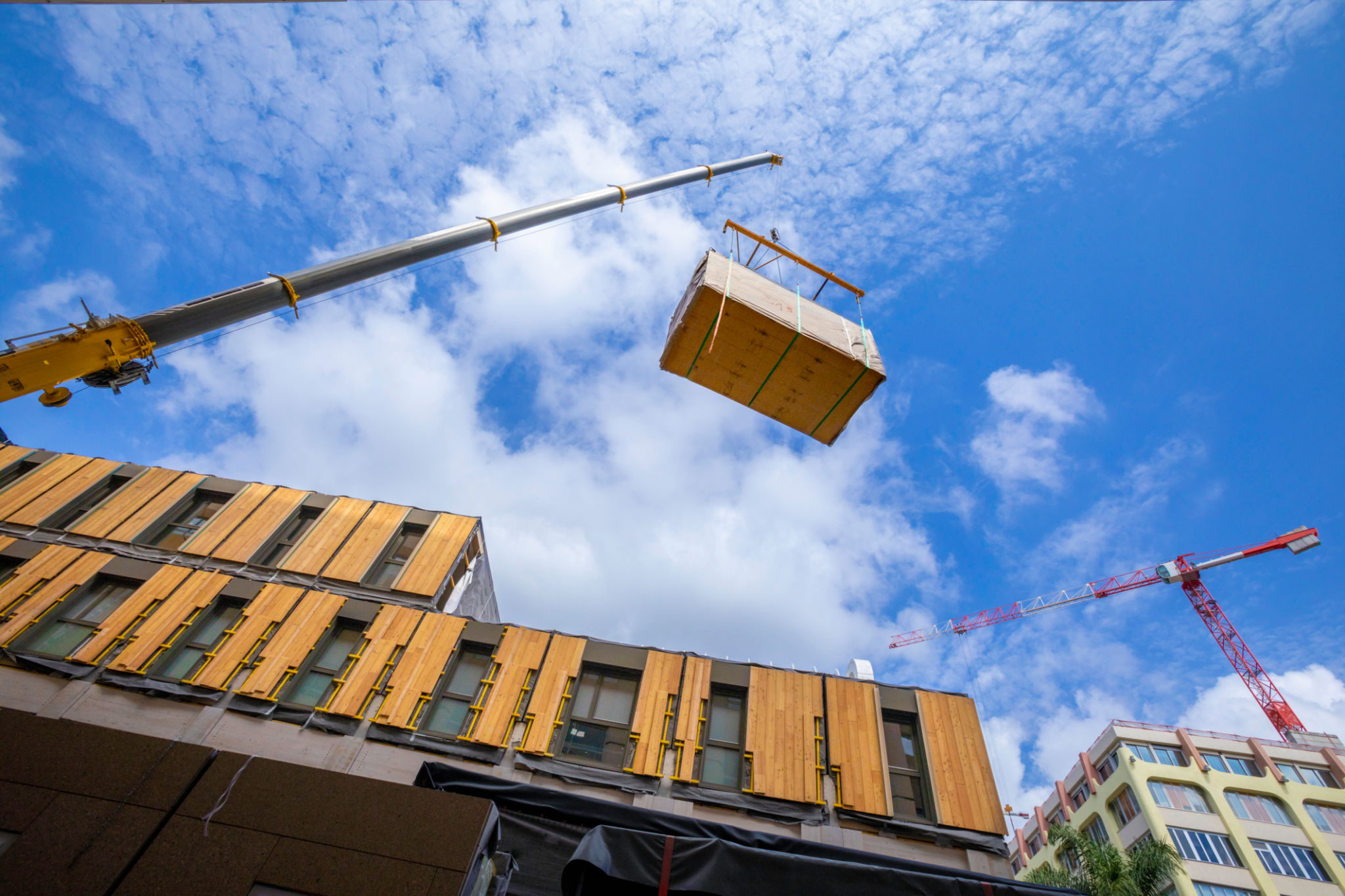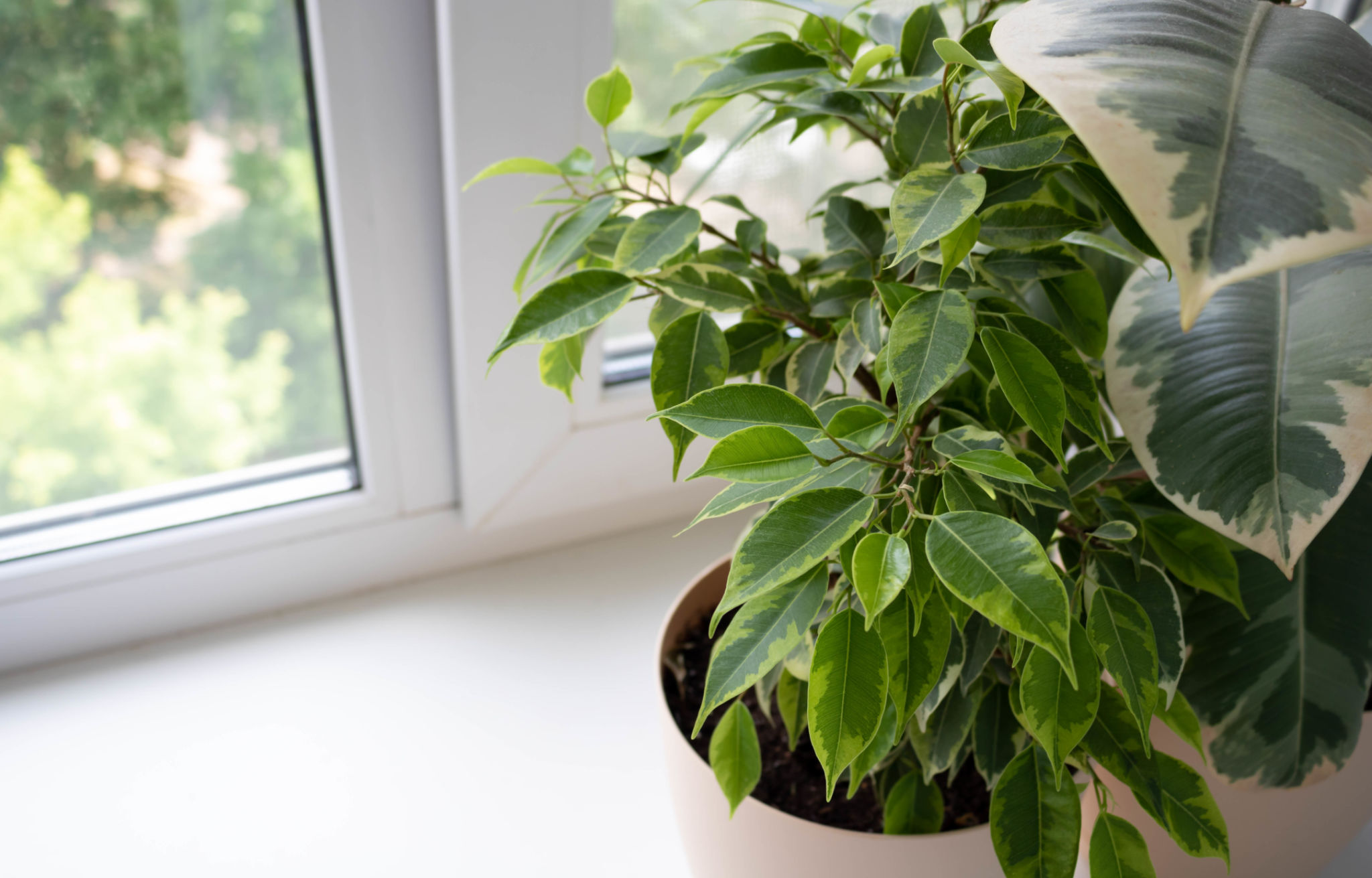Comparing Eco Properties: A Buyer’s Guide
Understanding Eco Properties
As environmental awareness grows, more homebuyers are considering eco properties for their next investment. These properties are designed with sustainability in mind, focusing on reducing environmental impact while offering energy efficiency and healthier living conditions. But with various types of eco-friendly homes on the market, how can you determine which is the best fit for you?

Energy Efficiency and Certifications
One of the primary aspects to consider when comparing eco properties is their energy efficiency. Look for homes with high Energy Star ratings or those that have received other recognized certifications such as LEED (Leadership in Energy and Environmental Design). These certifications indicate that the property meets specific standards for energy savings, water efficiency, and CO2 emissions reduction.
Additionally, consider the types of energy sources used in the property. Homes that incorporate renewable energy solutions like solar panels or wind turbines can significantly reduce utility costs and contribute to a more sustainable lifestyle.
Materials and Construction
The materials used in constructing an eco property play a crucial role in its overall sustainability. Look for homes built with sustainable materials such as reclaimed wood, recycled metal, or bamboo. These materials not only reduce the carbon footprint but also often provide better insulation, leading to further energy savings.

Moreover, consider the construction techniques used. Properties built with passive design principles take advantage of natural light and ventilation, minimizing the need for artificial heating and cooling systems.
Water Conservation Features
Water conservation is another critical factor in eco properties. Features such as low-flow faucets, dual-flush toilets, and rainwater harvesting systems help reduce water usage significantly. Some properties may also include greywater systems that recycle wastewater for irrigation purposes.
These water-saving features not only help conserve a vital resource but also lead to lower water bills, making them a practical consideration for any potential buyer.
Indoor Air Quality
Healthy indoor air quality is a significant benefit of eco properties. These homes often use non-toxic materials and finishes, reducing exposure to harmful chemicals. Features such as advanced ventilation systems further ensure that indoor air remains fresh and free of pollutants.

By prioritizing indoor air quality, eco properties provide a healthier living environment, which can be especially beneficial for individuals with allergies or respiratory conditions.
Location and Surroundings
The location of an eco property can also impact its overall sustainability. Homes situated near public transportation options or within walking distance of essential amenities help reduce reliance on personal vehicles, lowering carbon emissions. Additionally, properties with access to green spaces or community gardens contribute to a more balanced and eco-friendly lifestyle.
When evaluating eco properties, consider not just the house itself but also its surroundings and how they align with your values and lifestyle preferences.
Cost Considerations
While eco properties can sometimes have a higher upfront cost, it's essential to consider their long-term financial benefits. The energy savings, reduced water bills, and potential tax incentives can offset initial expenses over time. Evaluate your budget and determine whether the long-term savings align with your financial goals.

In summary, buying an eco property involves considering multiple factors, from energy efficiency and construction materials to indoor air quality and location. By carefully evaluating these aspects, you can find an eco-friendly home that meets your needs and supports a sustainable lifestyle.
